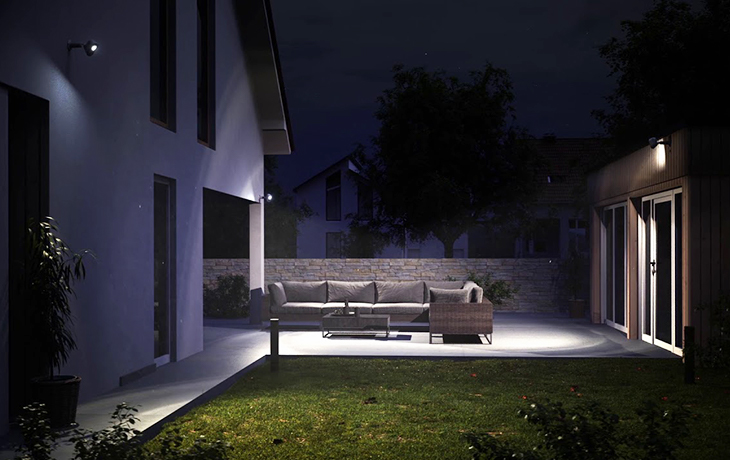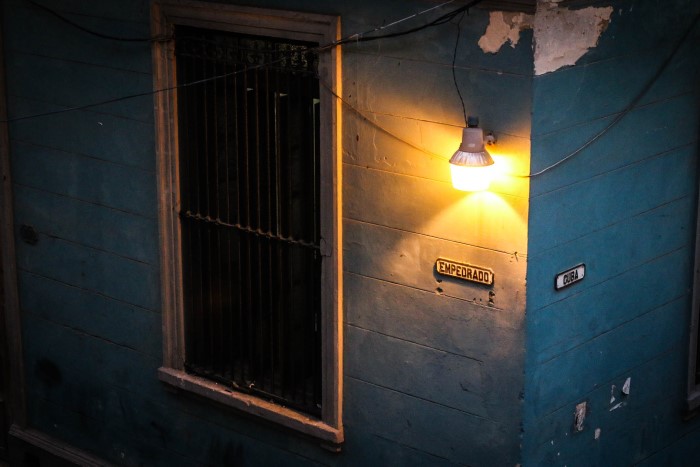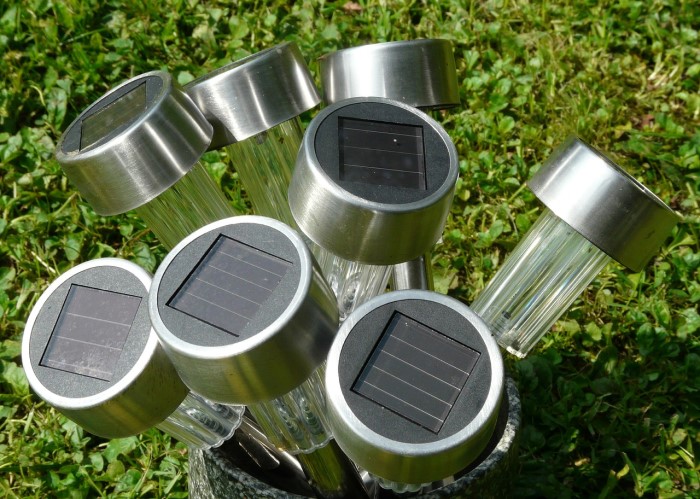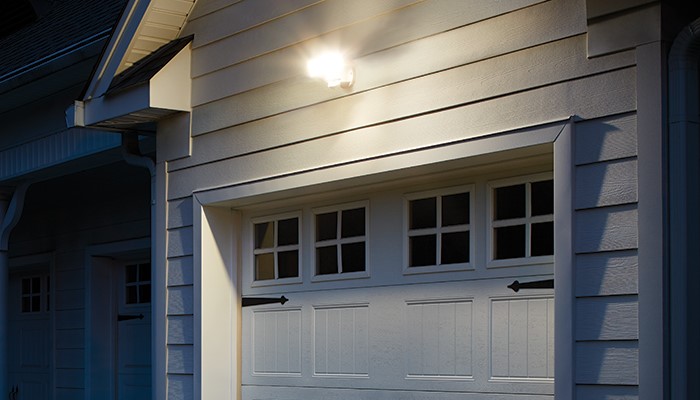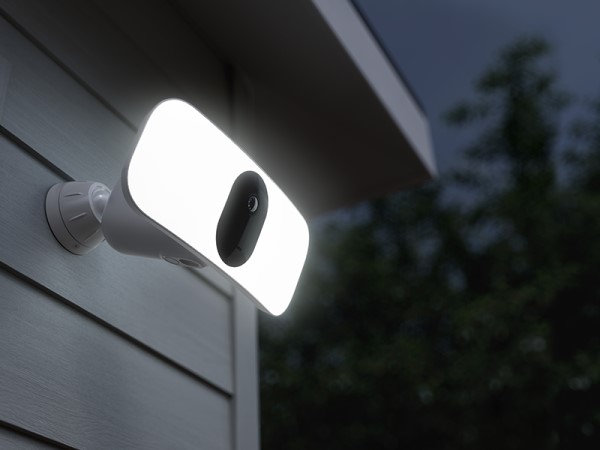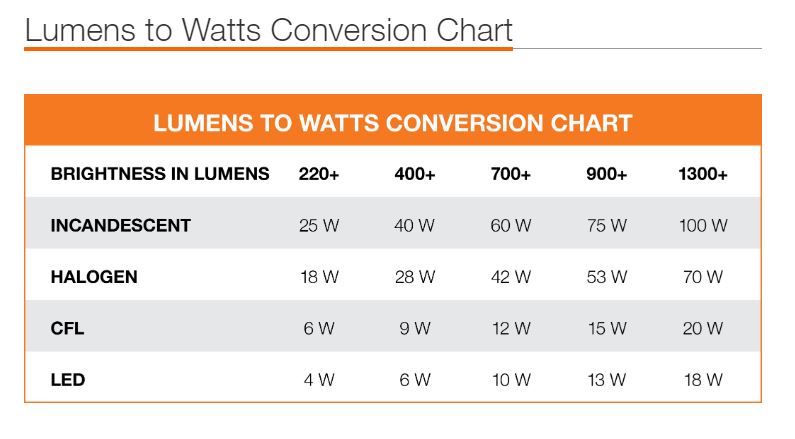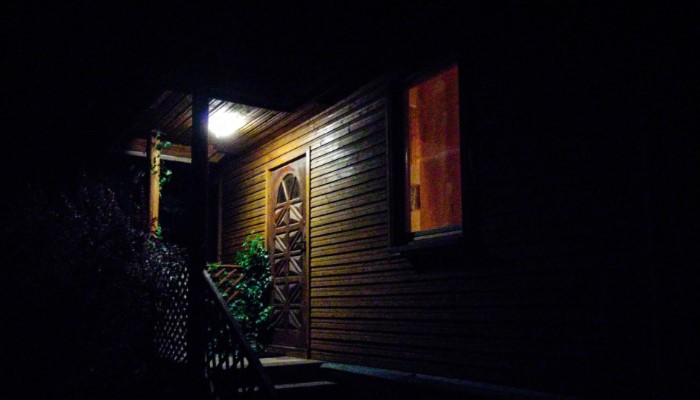Security lights can serve multiple functions depending on their features. You might use always-on floodlights that keep sections of your property illuminated, and/or you might use solar-powered motion-activated lights that shine on an intruder sneaking around a door or window.
Lighting is just one layer in your home’s security. They’re valuable enough on their own, but they get even more helpful when combined with other layers such as cameras and alarm systems.
More: Easy ways to harden your home against intruders and best window bars
Most burglaries and home invasions happen during the day. Which means an intruder working at night probably chose to work at night — so just the presence of light will be enough to make your property less of a target.
If they try anyway, lights make it easier for your family, animals, neighbors, passing traffic, and security cameras to catch things early.
Motion-activated wireless lights are a particular sweet spot for most people. They’re easy to install because you don’t have to deal with electricity — that also means they’re easy to uninstall and take with you (great for renters!) And you’ll still have lights even if the electrical grid goes down. Because they turn on from motion, they don’t create constant light pollution or annoyance for neighbors. Yet the sudden surprise of a light turning on is often enough to make an intruder feel “caught” and draw attention to the spotlighted area from people nearby.
Human intruders aren’t the only threat good lighting helps with: motion-activated lights can also alert you to and scare off wildlife like bears, wolves, coyotes, and foxes. If SHTF and you’re relying on your backyard garden and meat rabbits, that protection could be very important.
Summary:
- Solar-powered motion-activated lights usually make the most sense.
- You don’t have to do it all at once. If on a tight budget, buy one light, put it in the most important unlighted place, and repeat when ready.
- Renters can mount lights without damaging property and take them down before moving out.
- Calibrate your motion sensors so they do (or don’t) trigger based on your desires.
- Your HOA or local laws might influence what you’re allowed to do. Regardless, be a polite neighbor and think about where you’re pointing your lights. An annoyed neighbor is more likely to ignore what’s around the light (like an intruder) if they hate you. 🙂
Although we haven’t yet installed and tried all of the top contenders in the market, based on hours of research and thousands of user reviews we think you should consider:
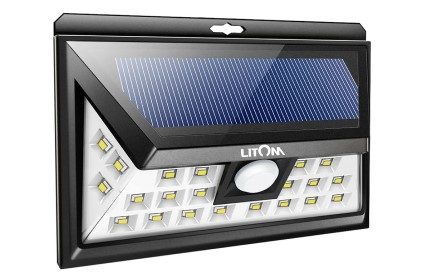
Best for most:
URPOWER Solar Lights
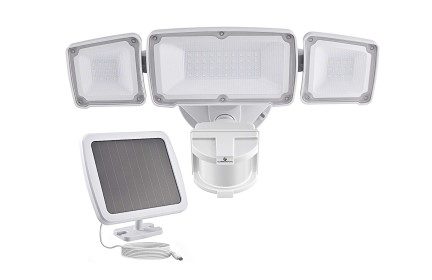
Lots of light:
GLORIOUS-LITE Solar Security Light
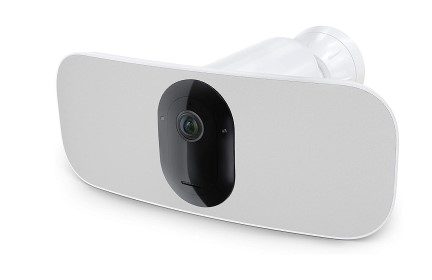
Camera and light
Arlo Pro 3 Floodlight Camera
Be prepared. Don’t be a victim.
Want more great content and giveaways? Sign up for The Prepared’s free newsletter and get the best prepping content straight to your inbox. 1-2 emails a month, 0% spam.
Types of exterior home security lights
The security lighting market can be divided into five main categories:
- Floodlights that are always on
- Pathway lights near the ground
- Wired motion activated lights
- Wireless motion activated lights
- Lights integrated with security cameras
Floodlights are the most basic. They’re wired into your home’s electricity and are either turned on/off by a switch or set to automatically turn on/off as the sun sets or rises.
Pathway or ground-based lights tend to be smaller, less-powerful lights that illuminate areas people walk, such as the path from a driveway to a front door. They’re usually solar powered and automatically turn on/off with the sun. Installation is simple; usually you just push the trunk into the dirt and you’re done.
Although they’re more often used for convenience, they do add a little bit to security and can be a tasteful way to fill in lighting gaps you don’t want to hit with a bigger spotlight. Since they are only held in place by a few inches of plastic stuck down in the dirt, they’re relatively easy to pull up or kick over.
Motion-activated lights come in two flavors: wired and wireless. Wired are the more traditional form, with the light hardwired or plugged into your home’s electricity. Some wired lights have a backup battery in case the electricity is cut.
Wireless lights are almost always solar powered with an internal (and sometimes replaceable) battery. That means installation is nothing more than a few screws to attach the light to wherever you’re mounting it.
Lastly, there are combo products with both a security camera and light. They come in various flavors of motion-activated or always-on. Most of this type requires wired electricity, though, since it’s difficult to run a camera and light on solar/battery alone. Many in this category are “smart” and work with Alexa, security systems, etc.
How much light do you need?
Target lumen rating based on light type:
- Flood lights: 700-1,300+
- Motion-based lights: 300-700
- Pathway lights: 100-200
When checking out local home improvement stores during the research for this post, we noticed in-aisle banners guiding buyers to higher lumen ratings than the list above. In practice, many people find those levels (1,500+ lumens) to be too bright when attached to the main building of an average home/lot.
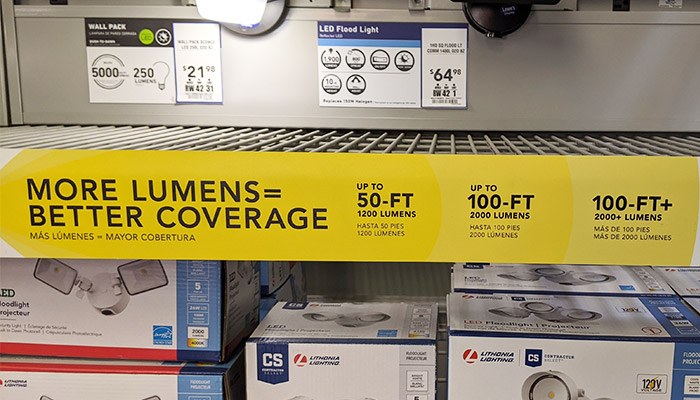
You’ll notice that marketing materials discuss brightness measured in Lumens and Watts. A lumen is the amount of light that comes from a bulb or LED array. Lumen is becoming a more popular measure of light since most lights these days are Light Emitting Diodes (LED) instead of old-school incandescent or halogen bulbs.
Where and how to install
Since most intruders poke around ground-floor doors and windows, those are the most obvious spots to cover. But every property is different and you might have unique areas to protect, so it might make sense for you to also cover alleys, detached garages and barns, gardens, coops, pathways from bordering wilderness onto your property, etc.
You might also want to cover areas where people normally trip or struggle to walk. Uneven walkways and staircases are the most common.
If you have cameras, think about how light placement might help the camera. It’s even possible to hurt the camera’s ability to record clearly by creating odd zones of lighted and unlighted contrast, which can confuse the infrared “night vision” on some cameras.
Motion-activated lights should be placed 6-10 feet off the ground — the motion sensors do have a limited range, so you want the sensor paying attention to the three-dimensional zone an intruder is most likely to be while still placing it high enough to be out of arm’s reach.
Calibrate your light’s sensitivity
Most lights have adjustments so you can customize the brightness and motion sensor (both in terms of how far out the sensor is ‘watching’ and how ‘strict’ it is.)
It’s pretty straightforward in principle: If you don’t want kids, small animals, or even a stiff wind to trip your lights, then make it less sensitive. If you’d rather err on the side of caution and/or do want to know when animals are around, make it more sensitive.
But you’ll need to work through some trial and error based on the specifics of where you install the light to get the sensitivity dialed in — it’s very difficult to make a perfect guess when installing during the daytime.
Maintaining your security lights
Regular maintenance of your security lights is vital to ensure they function effectively when needed. Checks occasionally to confirm that all bulbs or LEDs are working correctly and replace them if they are not. For solar-powered units, make sure the solar panels are clean and positioned to receive adequate sunlight.
Check the motion sensors and adjust their sensitivity as needed based on seasonal changes; for example, you might want them to be more sensitive when trees are full of leaves and potentially blocking some views.
Regular maintenance ensures your lights are always ready to illuminate your property effectively and deter potential intruders.
